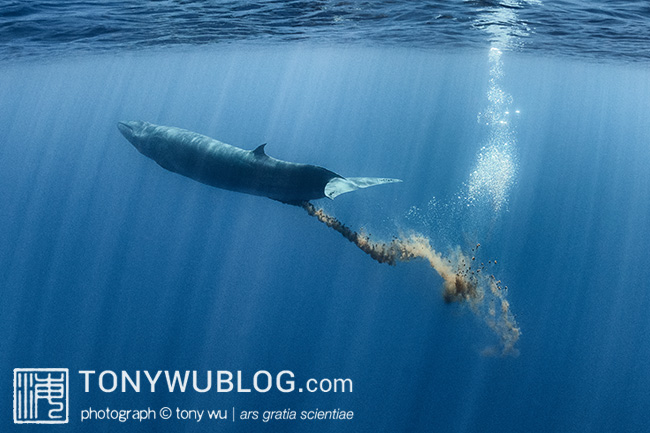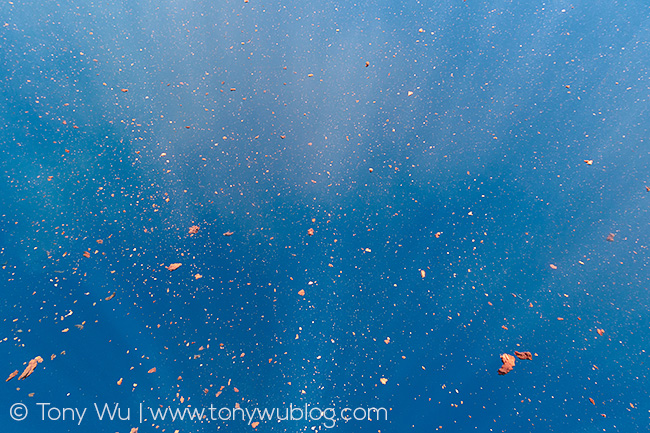Poop is in the news again. (I get to write the best sentences, don’t I?)
Specifically, researchers have recently published findings suggesting that the decline and disappearance of the world’s megafauna, both on land and in the water, has resulted in decreased circulation of nutrients.
Makes sense if you think about it.
Big animals consume a lot. They therefore poop a lot. Which cycles nutrients through different locations, environments and times.
Remove/ reduce populations of big animals (as we have done so effectively), and the scale and efficiency of that process diminishes. Not good for the planet.
Here’s a photo of a Bryde’s whale pooping to help you envision the process:

The paper, titled Global nutrient transport in a world of giants, appeared recently in the Proceedings of the National Academy of Sciences. If you’re not in the mood to read a science paper, here’s an explanation written in plain English, with a pretty graphic too.
As you might imagine, the grown-up-people-obsessed-with-big-animal-poop-in-a-totally-non-weird-manner community is relatively small, so it might not come as a surprise that I’ve cooperated with one of the paper’s authors before. Joe Roman and his colleagues wrote about the importance of whale poop in 2014 and incorporated one of my photos in the paper. (See previous poop post here.)
To wrap up this post and have one final excuse to use the word poop in a constructive context, here is what Bryde’s whale poop looks like up close:

That’s it. I’m pooped.